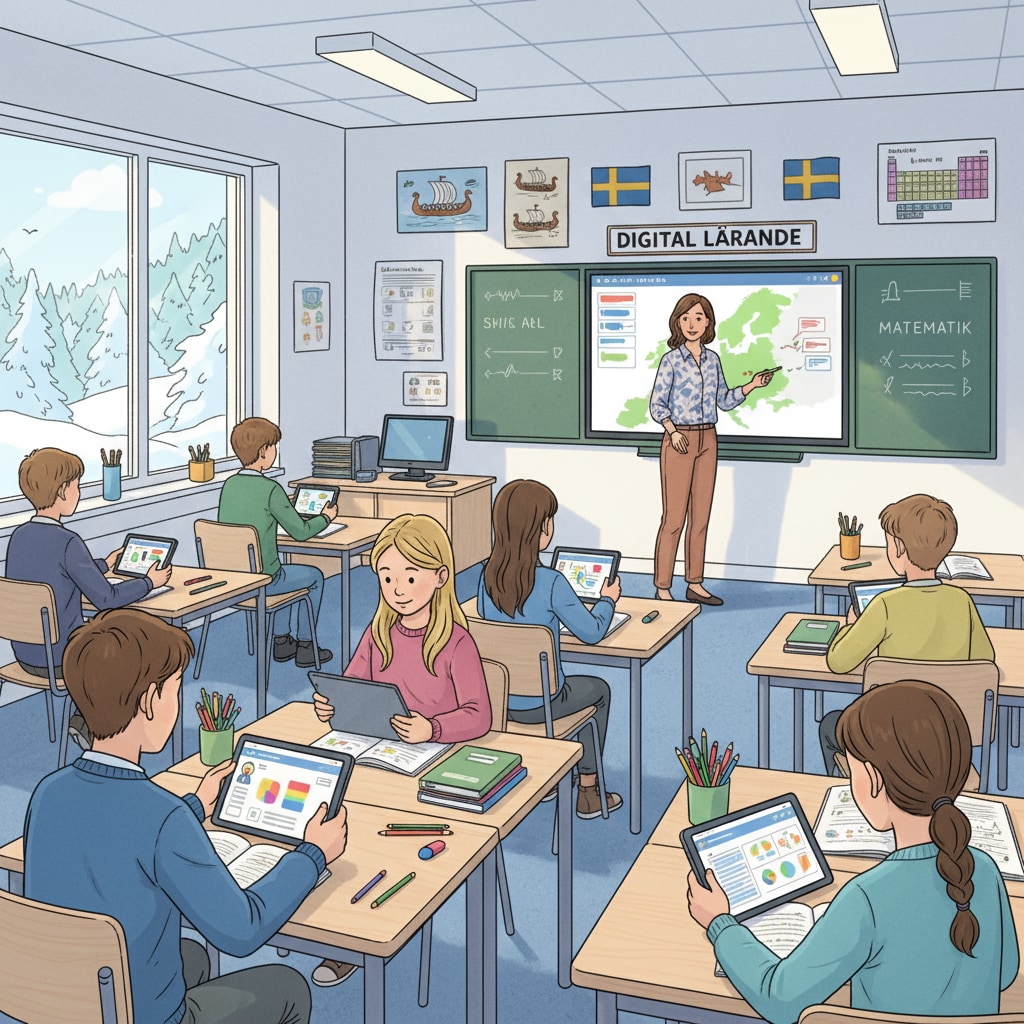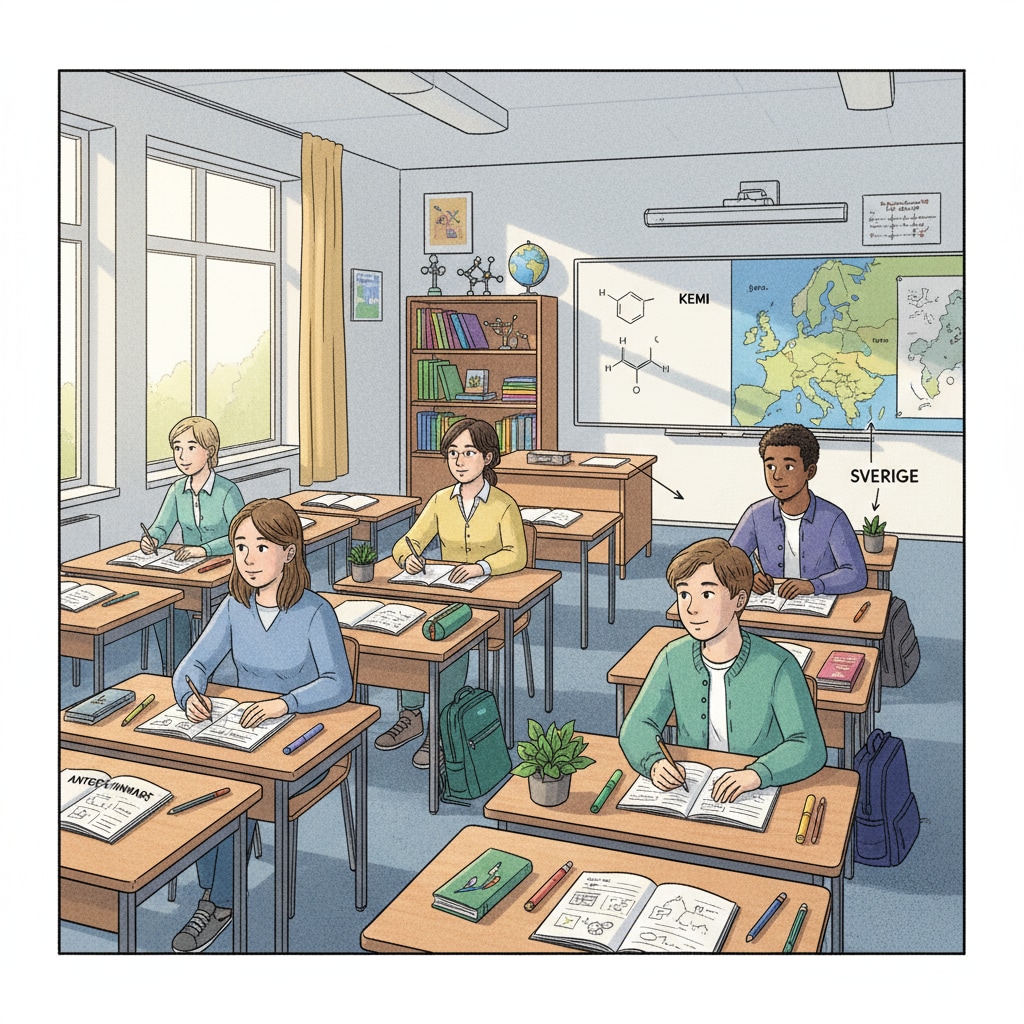The Swedish education system’s transition from digital to traditional pen-and-paper teaching has caught the global education community’s attention. This shift is not just a simple change in teaching tools but a profound reflection on educational concepts and practices. Education in Sweden on Wikipedia
The Digital Wave in Swedish Education
For years, Sweden was at the forefront of educational digitalization. The integration of digital devices like tablets and laptops into classrooms was seen as a revolutionary step. It aimed to enhance student engagement, provide access to vast online resources, and prepare students for a digital future. Teachers used educational apps and online platforms to deliver lessons, and students submitted assignments digitally. However, as time went on, some issues emerged. For example, there were concerns about students’ reduced attention spans due to digital distractions.

The Return to Pen-and-Paper
Recognizing these challenges, Swedish educators began to advocate for a return to traditional pen-and-paper teaching methods. Pen-and-paper work encourages deeper thinking and better concentration. When students write by hand, they are more likely to engage with the content, leading to better understanding and memory retention. Moreover, it reduces the potential for distraction from notifications and other digital temptations. Education on Britannica

The shift also has implications for assessment. Traditional handwritten exams are seen as a more reliable way to evaluate students’ knowledge and skills. It eliminates concerns about cheating through digital means and provides a more authentic measure of a student’s understanding. In addition, the tactile experience of writing with a pen on paper can be more comforting and less stressful for some students.
Readability guidance: As we can see, the shift from digital to traditional in Swedish education is a complex process. It involves weighing the benefits of digital innovation against the proven effectiveness of traditional methods. By understanding this transition, other countries can gain valuable insights into how to strike the right balance between digital and traditional teaching in their own education systems.


